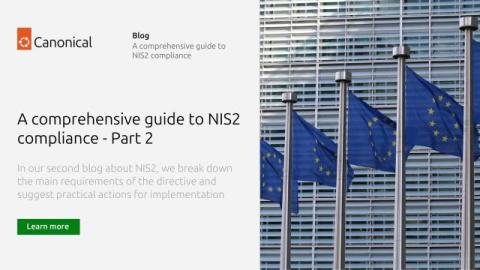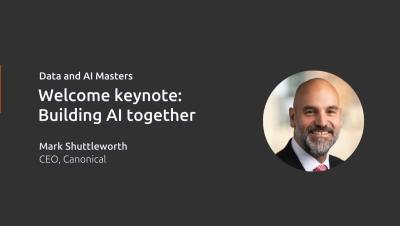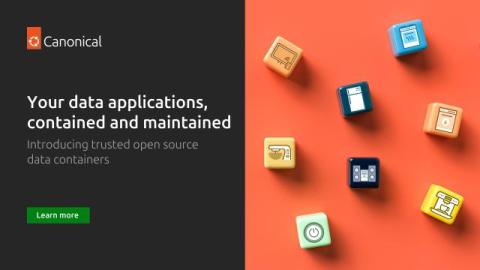How to utilize CPU offloads to increase storage efficiency
When storing large amounts of data, the cost ($) to store each gigabyte (GB) is the typical measure used to gauge the efficiency of the storage system. The biggest driver of storage cost is the protection method used. It is common to protect data by either having multiple replicas within the storage system or by using erasure coding to create data chunks and parity chunks to reduce the raw storage consumed, albeit at the cost of higher CPU utilisation.











